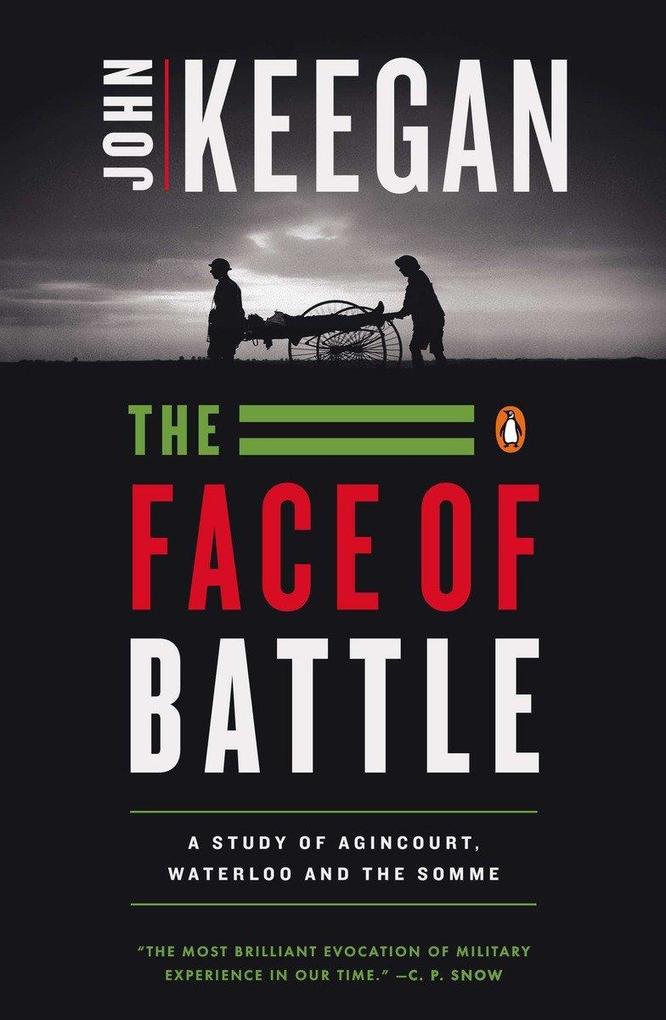Master military historian John Keegan's groundbreaking analysis of combat and warfare
The Face of Battle is military history from the battlefield: a look at the direct experience of individuals at the "point of maximum danger." Without the myth-making elements of rhetoric and xenophobia, and breaking away from the stylized format of battle descriptions, John Keegan has written what is probably the definitive model for military historians. And in his scrupulous reassessment of three battles representative of three different time periods, he manages to convey what the experience of combat meant for the participants, whether they were facing the arrow cloud at the battle of Agincourt, the musket balls at Waterloo, or the steel rain of the Somme.
"The best military historian of our generation." -Tom Clancy
Inhaltsverzeichnis
Acknowledgments
Chapter I: Old, Unhappy, Far-off ThingsA Little Learning
The Usefulness of Military History
The Deficiencies of Military History
The "Battle Piece"
"Killing No Murder?"
The History of Military History
The Narrative Tradition
Verdict or Truth?
Chapter 2: Agincourt, 25 October 1415The Campaign
The Battle
Archers versus Infantry and Cavalry
Cavalry versus Infantry
Infantry versus Infantry
The Killing of the Prisoners
The Wounded
The Will to Combat
Chapter 3: Waterloo, 18 June 1815The Campaign
The Personal Angle of Vision
The Physical Circumstances of Battle
Categories of Combat
Single Combat
Cavalry versus Cavalry
Cavalry versus Artillery
Cavalry versus Infantry
Artillery versus Infantry
Infantry versus Infantry
Disintegration
The Wounded
Chapter 4: The Somme, 1 July 1916The Battlefield
The Plan
The Preparations
The Army
The Tactics
The Bombardment
The Final Preliminaries
The Battle
Infantry versus Machine-Gunners
Infantry versus Infantry
The View from across No-Man's-Land
The Wounded
The Will to Combat
Commemoration
Chapter 5: The Future of BattleThe Moving Battlefield
The Nature of Battle
The Trend of Battle
The Inhuman Face of War
The Abolition of BattleBibliographyIndex










